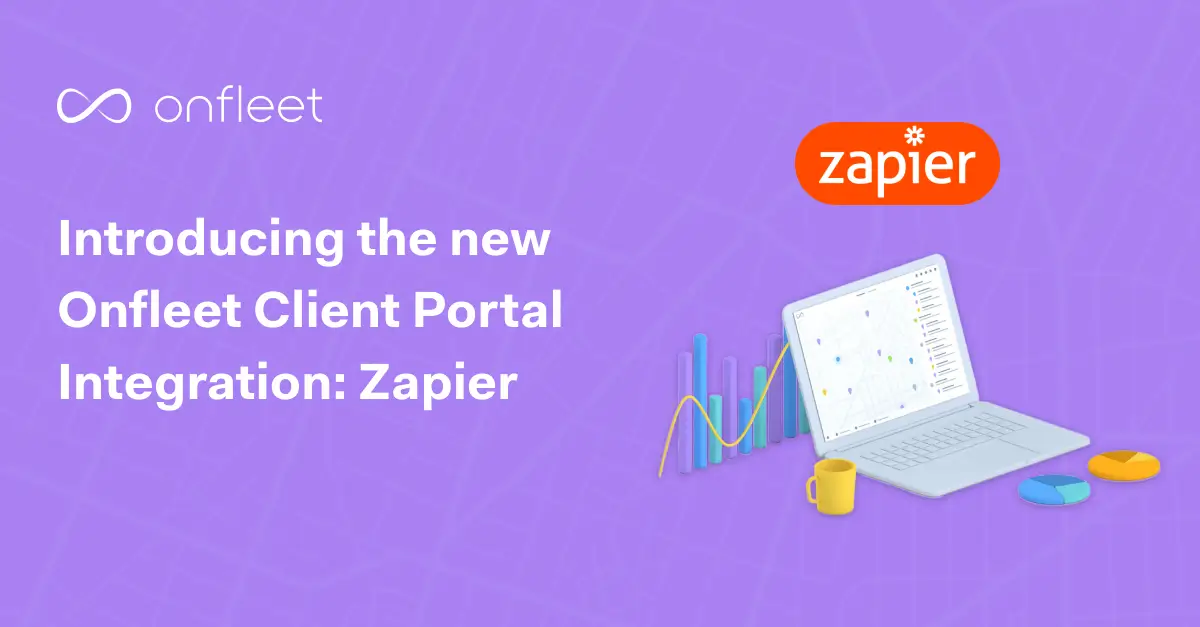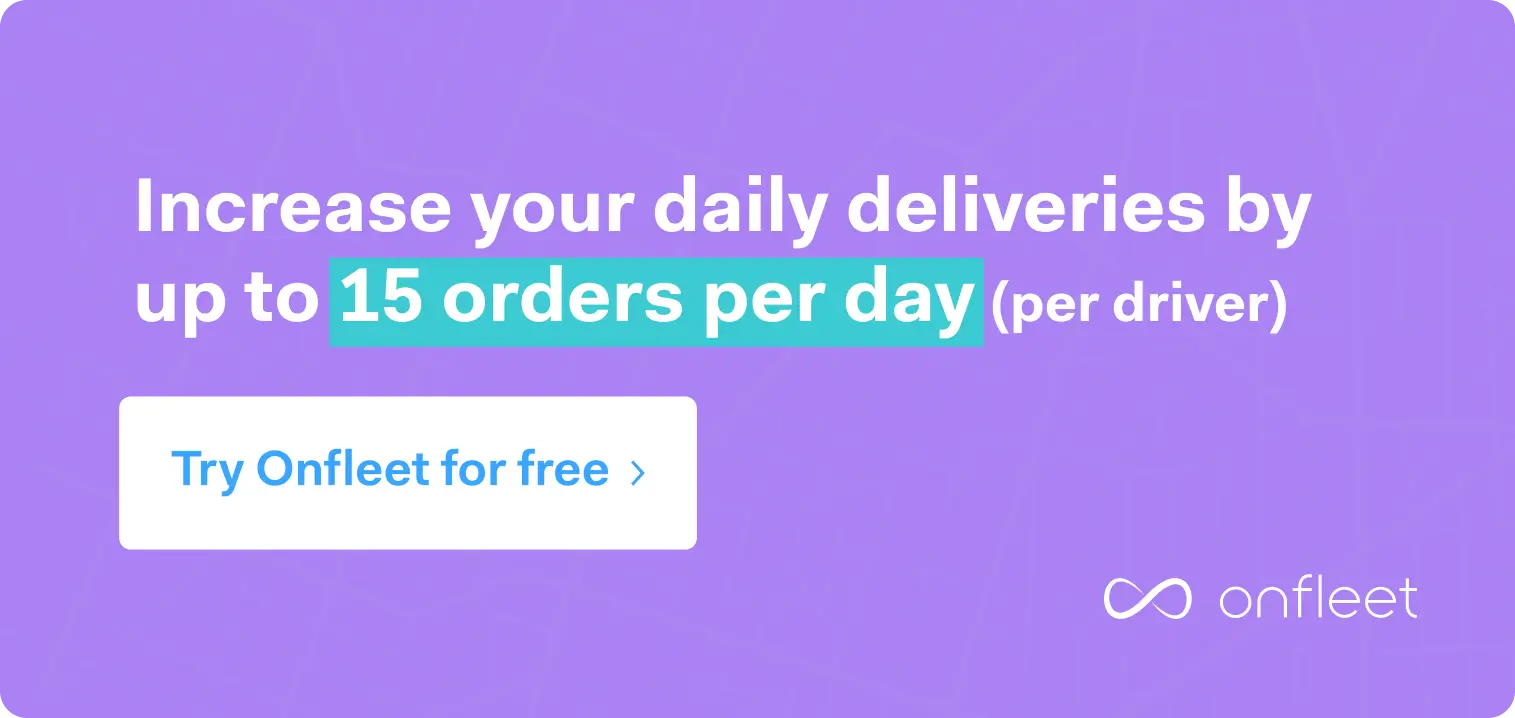We are thrilled to announce that Onfleet’s client portal is now integrated with Zapier, the best app for connecting all other software tools. This integration is designed to help you optimize your business by automating communication from third-party apps to Onfleet’s Client Portal.
Zapier's no-code software unlocks a world of possibilities that will optimize your business and automate workflows to streamline your operations. This allows you to do automatic order uploads and integrate with platforms like Shopify, Square, and more third-party apps.
Now, instead of manually connecting apps or manually uploading orders from third-party tools to Onfleet’s Client Portal, you can set up your Zapier integration once and forget about it. This eliminates the need for manual data uploads!
This integration gives last mile delivery providers and their clients the ability to focus on what’s important: growing their businesses. With Zapier, you’ll be able to automate your workflows that include third-party apps like Shopify, Square, Google Sheets, and more.

Why did Onfleet choose to integrate with Zapier?
Zapier is a revolutionary automation platform that connects your favorite apps and services. This allows them to work together seamlessly without any coding required.
At its core, Zapier operates on the concept of "Zaps". Zaps are automated workflows that link two or more apps together. Each Zap consists of a trigger event from one app that initiates an action in another app.
For example, you can create a Zap that automatically creates a delivery order in Onfleet when a new order is paid for in Shopify. This eliminates the need for manual intervention and ensures that important information is passed to the right people in real time.
In partnering with Zapier, Onfleet’s goal is to empower businesses to work smarter, not harder, by automating mundane tasks and freeing up time to focus on more important work.
Here are 4 benefits you can see once you start using the Onfleet Client Portal <> Zapier integration
- Create, update, clone, and delete orders automatically
Forget about manual order entry and potential mistakes in the process. This integration will let you turn manual entries into a process that’s working for you in the background. For example, imagine you receive 25 orders through your Shopify store in one day, now, all those orders will automatically be created with all the information needed inside of Onfleet’s client portal.
Following the same example, imagine you had to delete two orders and update one because the data wasn’t accurate, with this integration, instead of going back to the client portal and deleting/updating the orders yourself, you don’t have to worry about it because Zapier already did it for you.
- Integrate the Client Portal with more than 6,000 third-party applications
Integrating Onfleet with Zapier enhances connectivity across your ecosystem of apps and tools. With access to over 6,000 integrations on Zapier's platform, including CRM systems, eCommerce platforms, and more, you can seamlessly connect Onfleet with the tools you already use and love. This connection enables data to flow freely between applications, eliminating silos and ensuring a cohesive experience for your team and customers.
- Provide real-time order tracking and notifications
This Client Portal integration provides real-time order tracking alongside tracking notifications, allowing you to offer real time order status, from placement to completion, and personalized notifications. This will enhance your customer experience, leading to better ratings and happier customers.

How Zapier Integrates with Onfleet
A Zap made through Zapier consists of two main components: a trigger and an action.
To set up the integration, connect all relevant apps. Then, decide which actions you want to create a trigger, and which action you want to result from that trigger.
A common example is when the trigger is a new paid order is created in Shopify, and the resulting action from that is creating a delivery order in Onfleet.
You can find more detailed support for using Zapier with your Onfleet account watching the below video:
